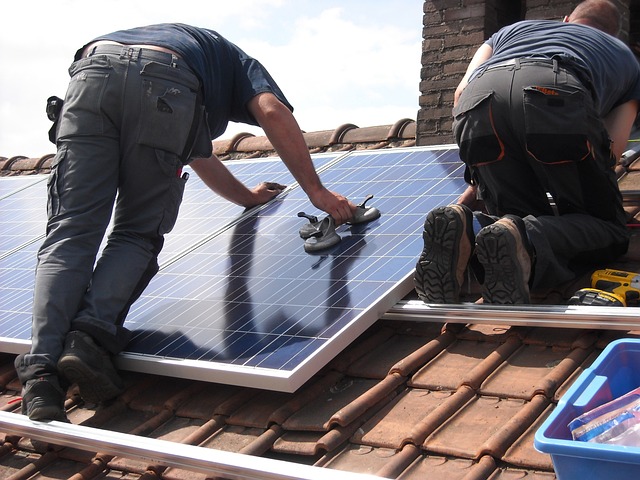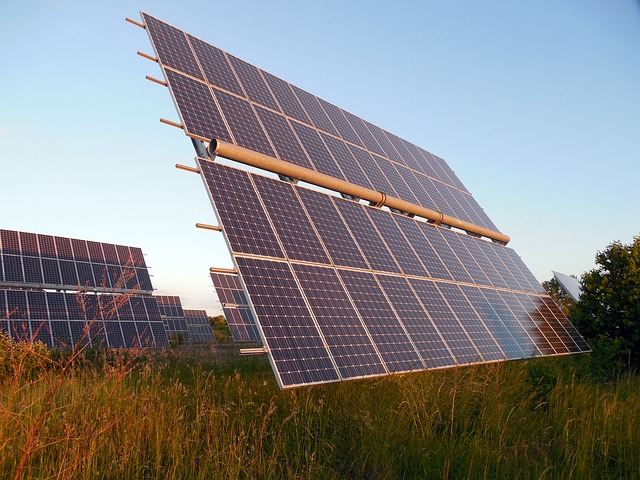Basics of Electrical Energy Consumption

Electricity is an integral part of our daily lives, powering everything from our homes to our workplaces. We use it without much thought, but have you ever wondered how electrical energy consumption works? Understanding the basics of electrical energy consumption is not only crucial for optimizing your energy use but also for reducing your environmental footprint. In this comprehensive guide, we will delve into the fundamentals of electrical energy consumption, shedding light on key concepts, factors affecting consumption, and ways to become more energy-efficient.
What Is Electrical Energy Consumption?
Before we dive into the complexities, let’s start with the basics. Electrical energy consumption refers to the amount of electricity used by a device, appliance, or system over a specific period. It is typically measured in units of energy known as kilowatt-hours (kWh). To put it simply, when you turn on a light bulb or use your refrigerator, you are consuming electrical energy.
Factors Affecting Electrical Energy Consumption
Several factors influence how much electricity you consume. Understanding these factors can help you make informed decisions to reduce your energy usage and lower your electricity bills:
1. Appliance Efficiency
The efficiency of your appliances plays a significant role in energy consumption. Newer, energy-efficient appliances tend to use less electricity than older, outdated models. Look for appliances with the ENERGY STAR label, which indicates superior energy efficiency.
2. Usage Patterns
Your usage patterns and habits matter. For instance, leaving lights on when they are not needed or running appliances during peak hours can lead to higher energy consumption. Simple changes in behavior, such as turning off lights when leaving a room, can make a substantial difference.
3. Home Insulation
The insulation in your home can impact your energy consumption. Proper insulation keeps your home cooler in the summer and warmer in the winter, reducing the need for excessive heating or cooling.
4. Climate
The climate of your region also plays a role. Extreme temperatures, whether hot or cold, can increase the demand for heating or cooling, resulting in higher energy consumption.
5. Energy-Efficient Upgrades
Investing in energy-efficient upgrades such as LED lighting, programmable thermostats, and solar panels can significantly reduce your energy consumption over time.

Calculating Electrical Energy Consumption
To calculate your electrical energy consumption, follow these simple steps:
- Identify the wattage (W) of the device or appliance.
- Determine the number of hours (h) the device is in use.
- Divide the wattage by 1,000 to convert it to kilowatts (kW).
- Multiply the kilowatts by the number of hours of use.
- The result is your energy consumption in kilowatt-hours (kWh).
For example, if you have a 100-watt light bulb on for 5 hours:
- Wattage (W) = 100 W
- Hours of use (h) = 5 hours
- Wattage in kilowatts (kW) = 100 W / 1,000 = 0.1 kW
- Energy consumption = 0.1 kW x 5 hours = 0.5 kWh
The Importance of Energy Conservation
Understanding electrical energy consumption is not just about saving money on your utility bills; it’s also about environmental responsibility. The more electricity we use, the more strain we place on power plants and the greater our carbon footprint becomes. By conserving energy, we can reduce greenhouse gas emissions and help combat climate change.
Tips for Reducing Electrical Energy Consumption
Here are some practical tips to help you reduce your electrical energy consumption:
- Switch to LED Lighting: LED bulbs are energy-efficient and last longer than traditional incandescent bulbs.
- Unplug Devices: Even when turned off, many devices still consume energy when plugged in. Unplug chargers, appliances, and electronics when not in use.
- Use Energy-Efficient Appliances: Upgrade to energy-efficient appliances that have earned the ENERGY STAR certification.
- Install a Programmable Thermostat: A programmable thermostat can automatically adjust your home’s temperature, saving energy when you’re away or asleep.
- Consider Solar Panels: If feasible, install solar panels to generate clean, renewable energy and reduce your reliance on the grid.
Conclusion
Understanding the basics of electrical energy consumption is not only beneficial for your wallet but also for the environment. By making conscious choices and adopting energy-efficient practices, you can reduce your electrical energy consumption and contribute to a more sustainable future. Feel free to visit Imscouting to find additional tips and ideas about the basics of electrical energy consumption.



